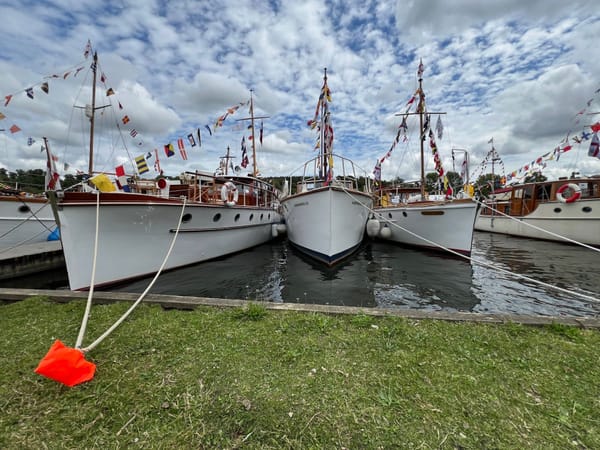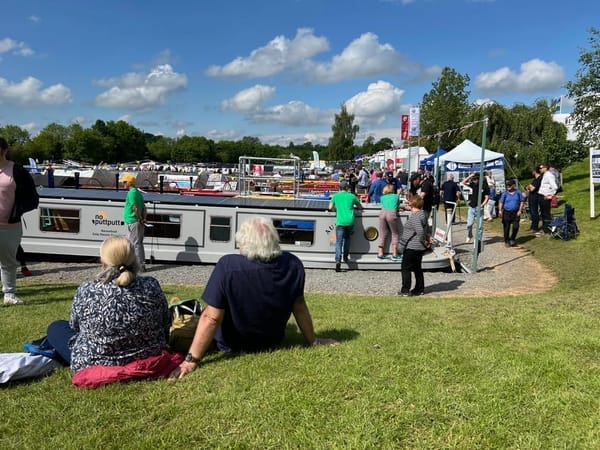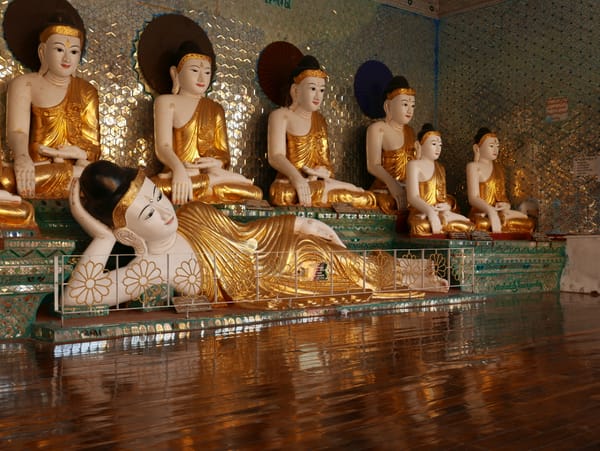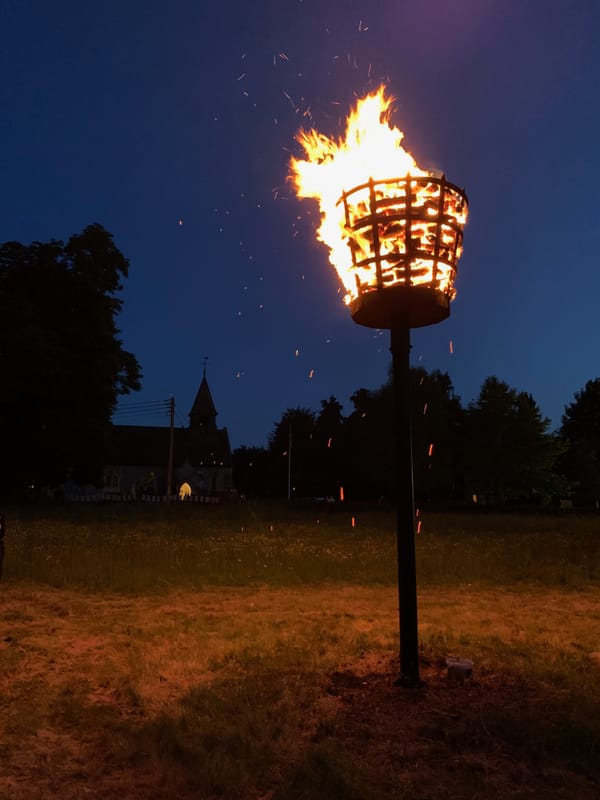Vietnam — Dinh Thống Nhất (Independence Palace / Reunification Palace), Ho Chi Minh City (Saigon), Vietnam — part 2 of 2
A fine example of 1970s style
September 2015
I continued to explore the Dinh Thống Nhất (Independence Palace / Reunification Palace), Ho Chi Minh City (Saigon), Vietnam.
The Palace had a luxurious feel to it, with each room kitted out with the best furniture and carpets available. The place was a “time capsule” of the 1970s “architecture” and “taste”.
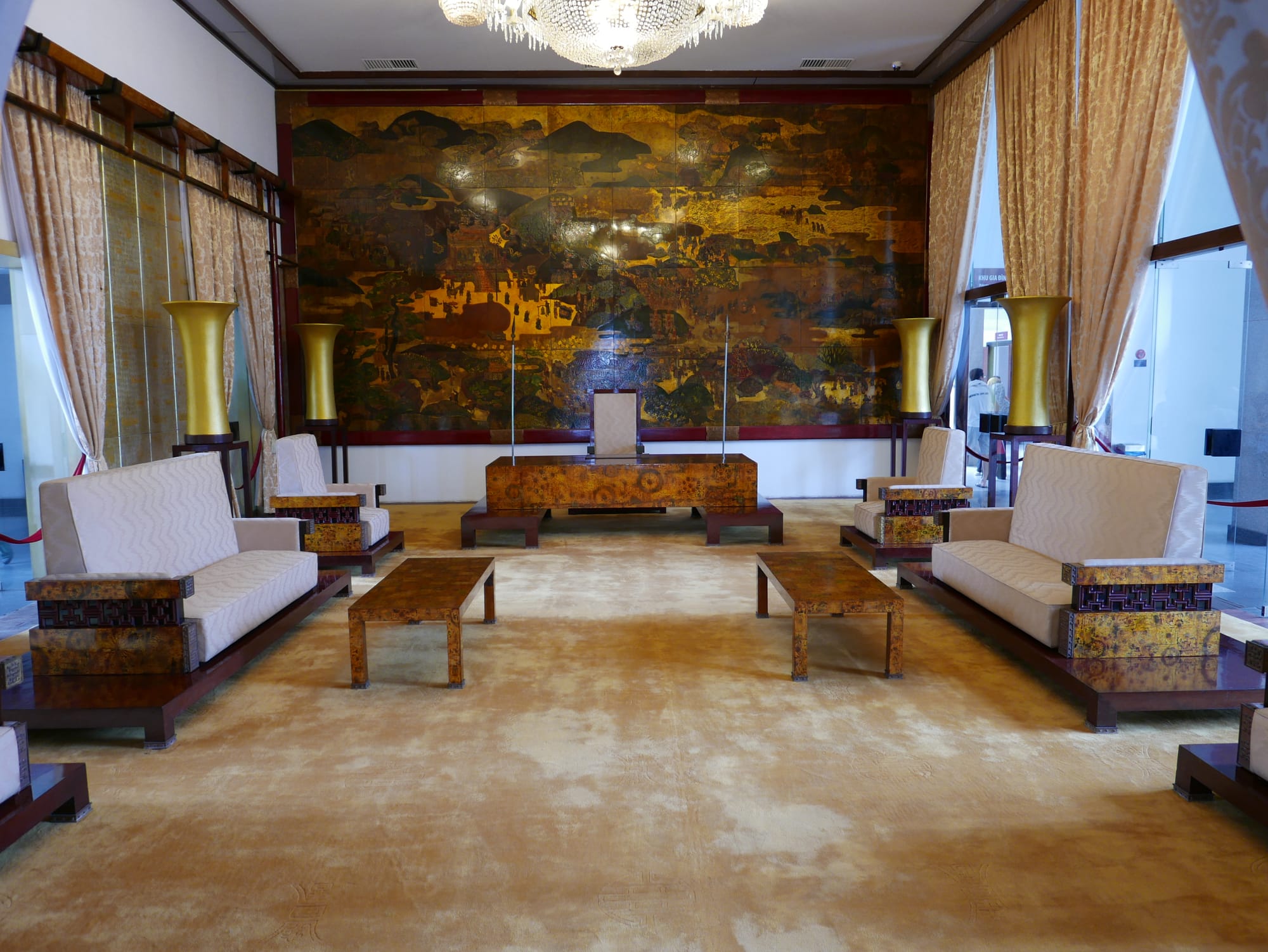
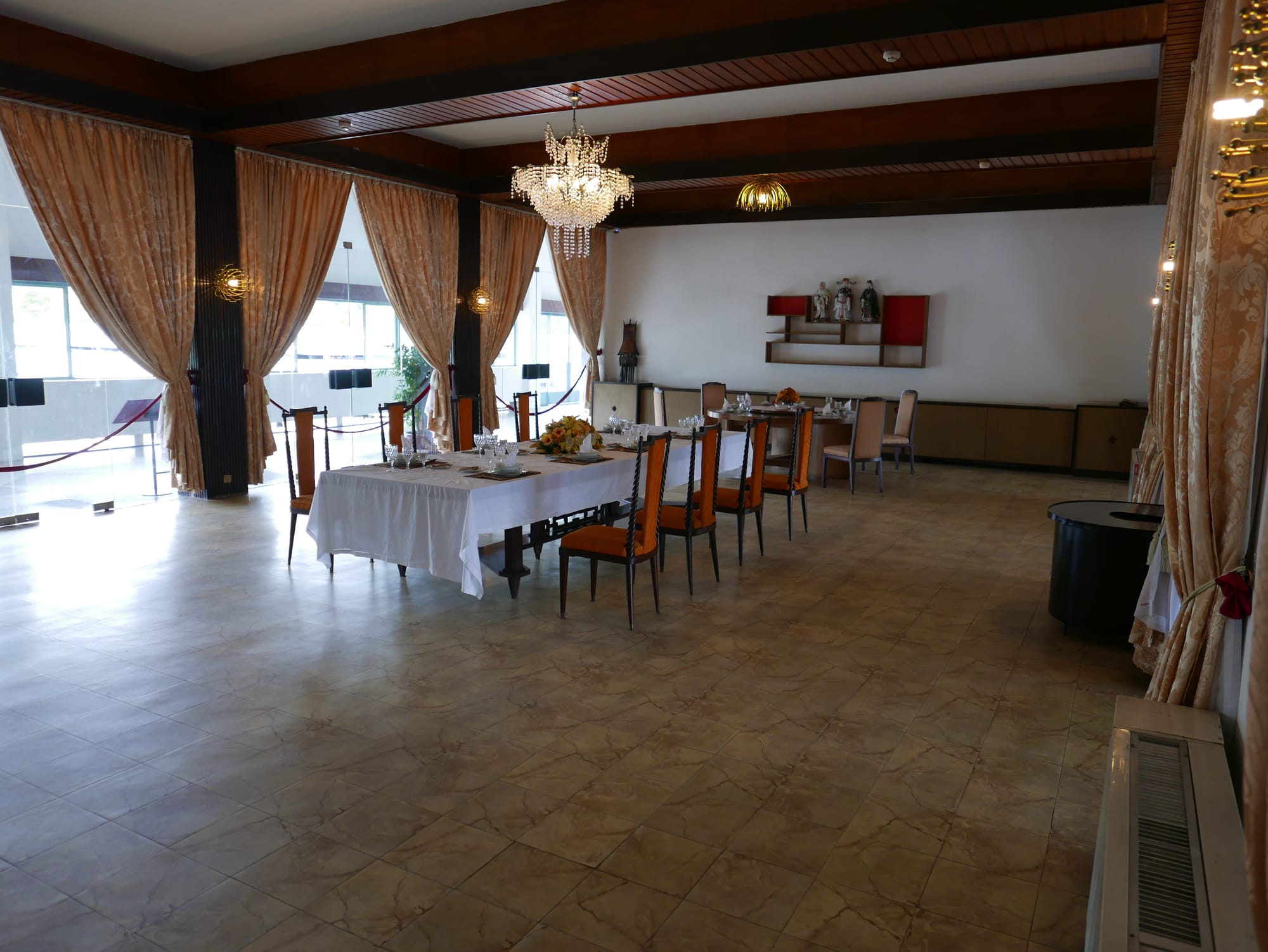
The Palace even had a theatre and cinema.
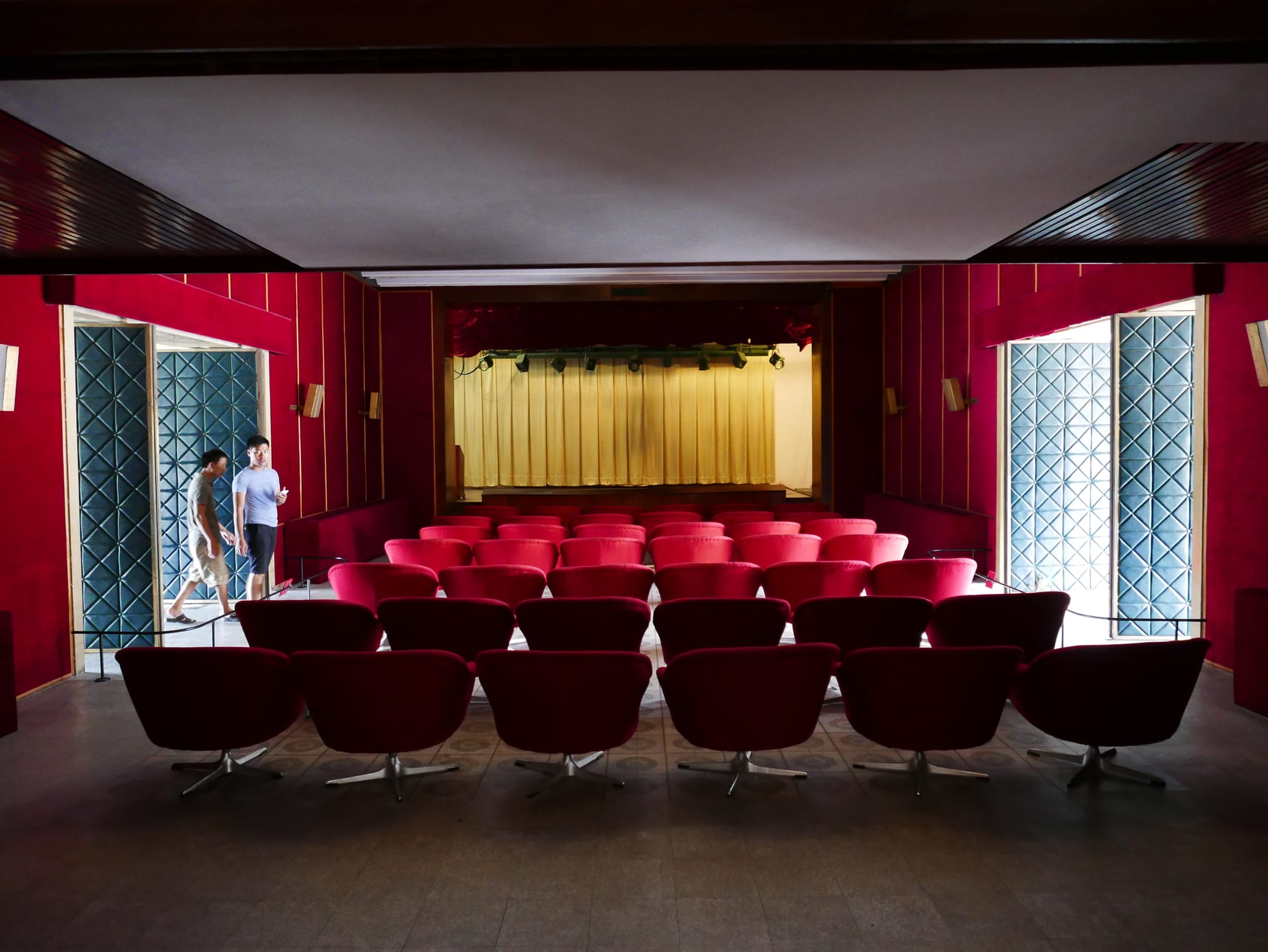
But the room that intrigued me the most (apart from the rooms I was later to see in the basement) was the “1970s games room”. The room was full of 1970s-style furniture.
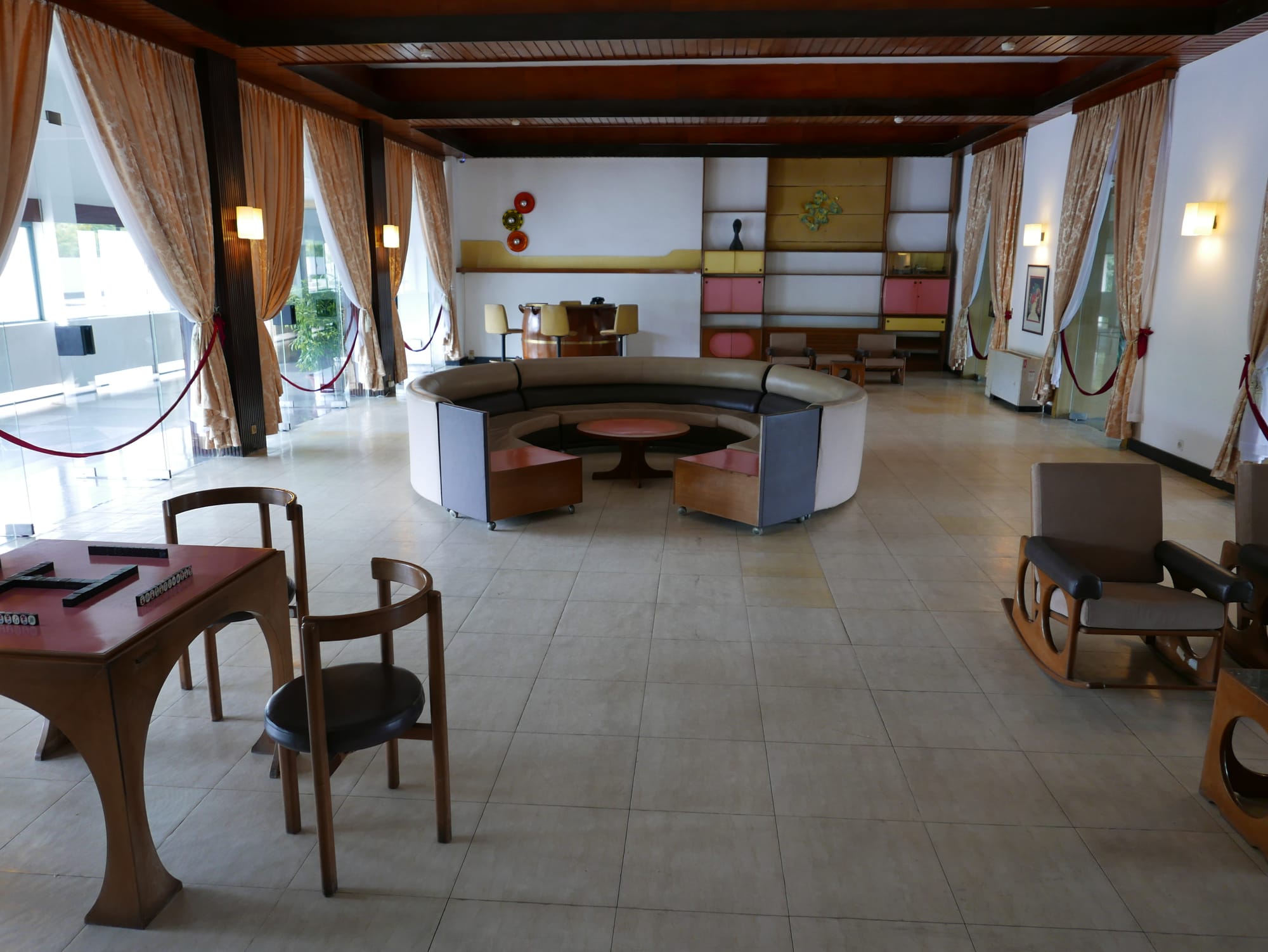
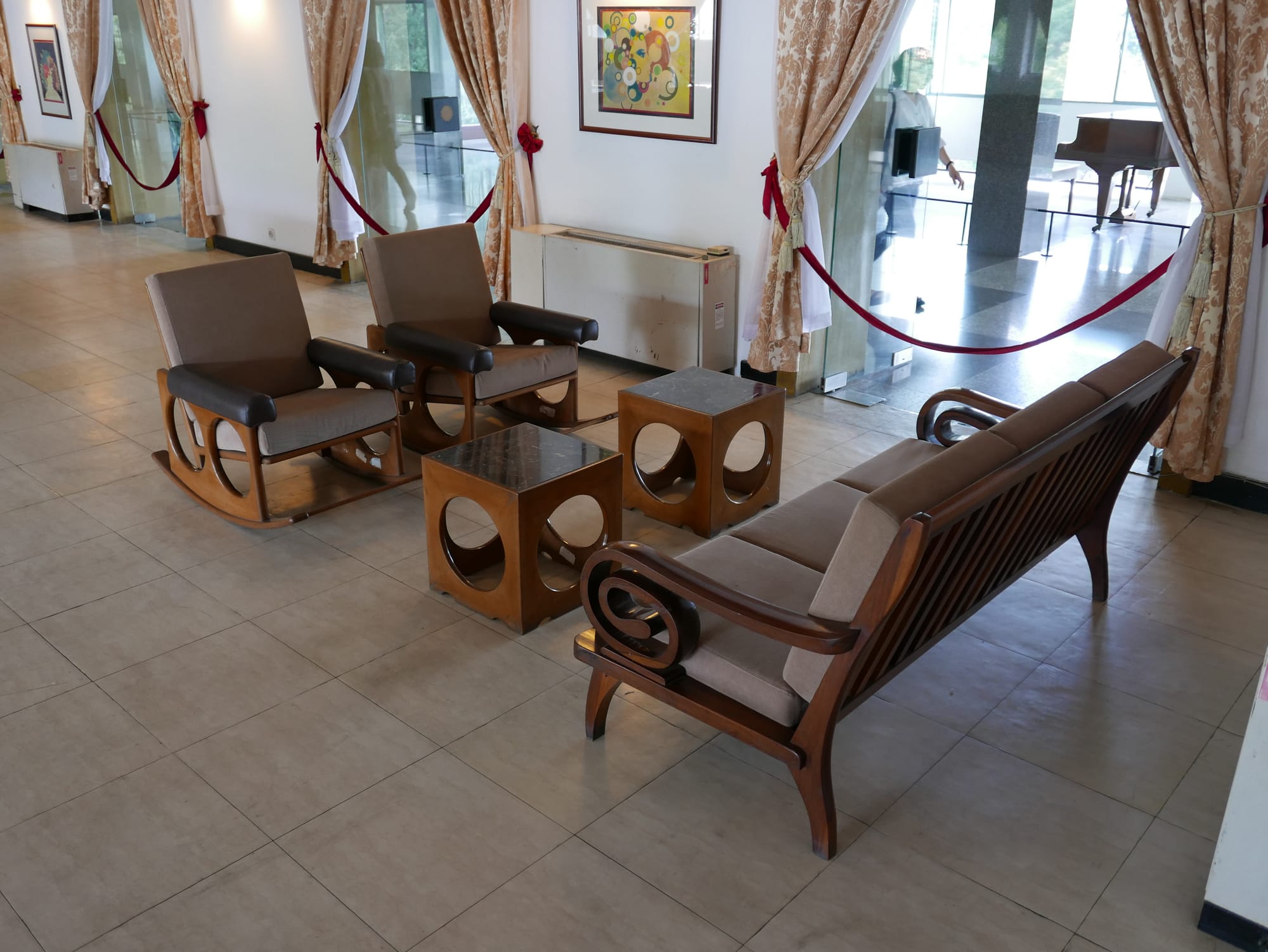
I loved the barrel bar!
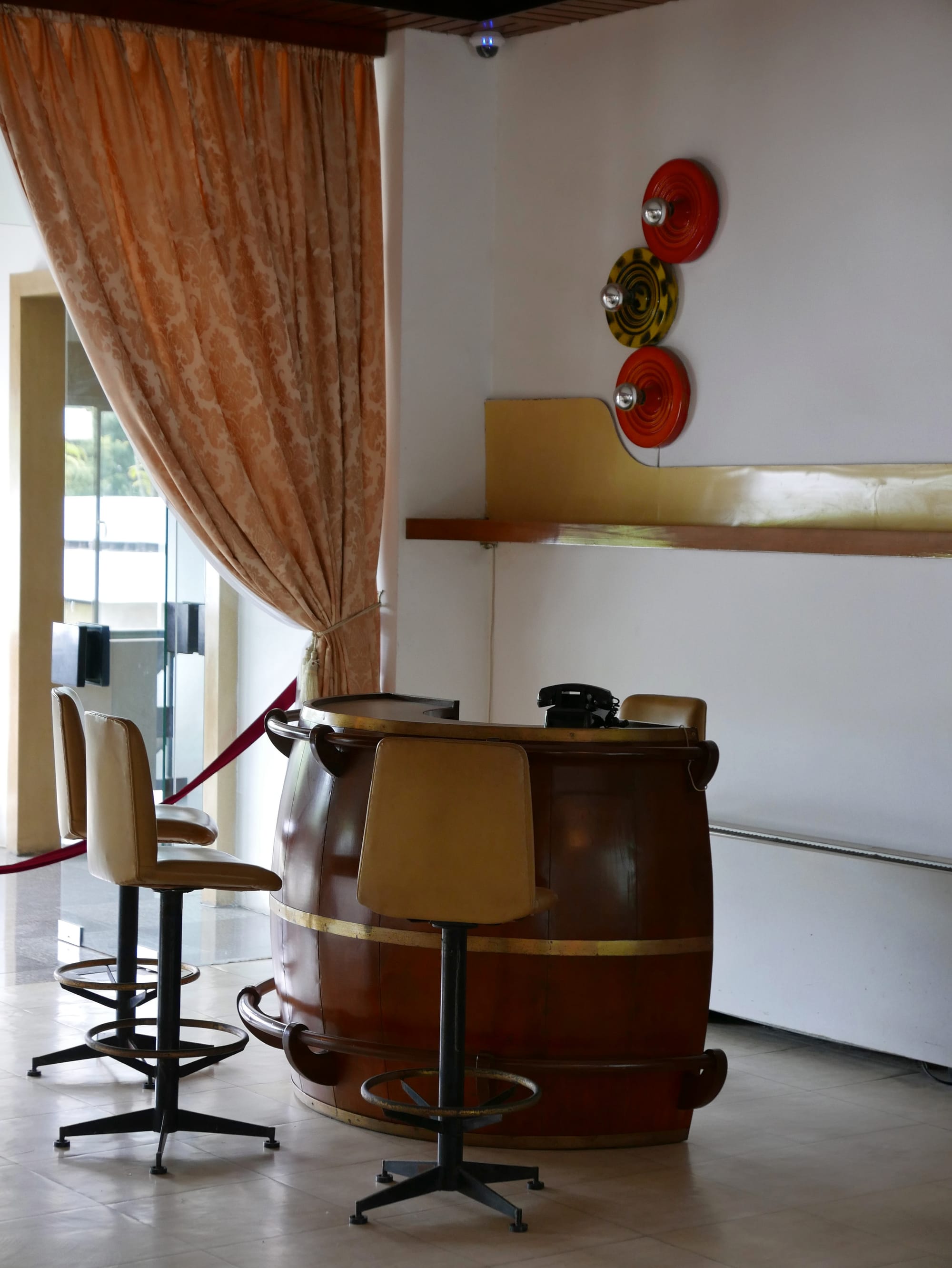
On the top of the Palace was the “Salon of the 4 Cardinal Directions of Peace”, also called the Meditation Room (photo below). The architect of the Palace, Ngo Viet Thu, intended it as a place where the President could reflect and think before taking decisions that determined the country’s future. But, President Nguyen Van Thieu used it as a “party room” where he could entertain up to 100 guests. He installed a high-quality hardwood dance floor and 12 mm thick blast-proof glass.
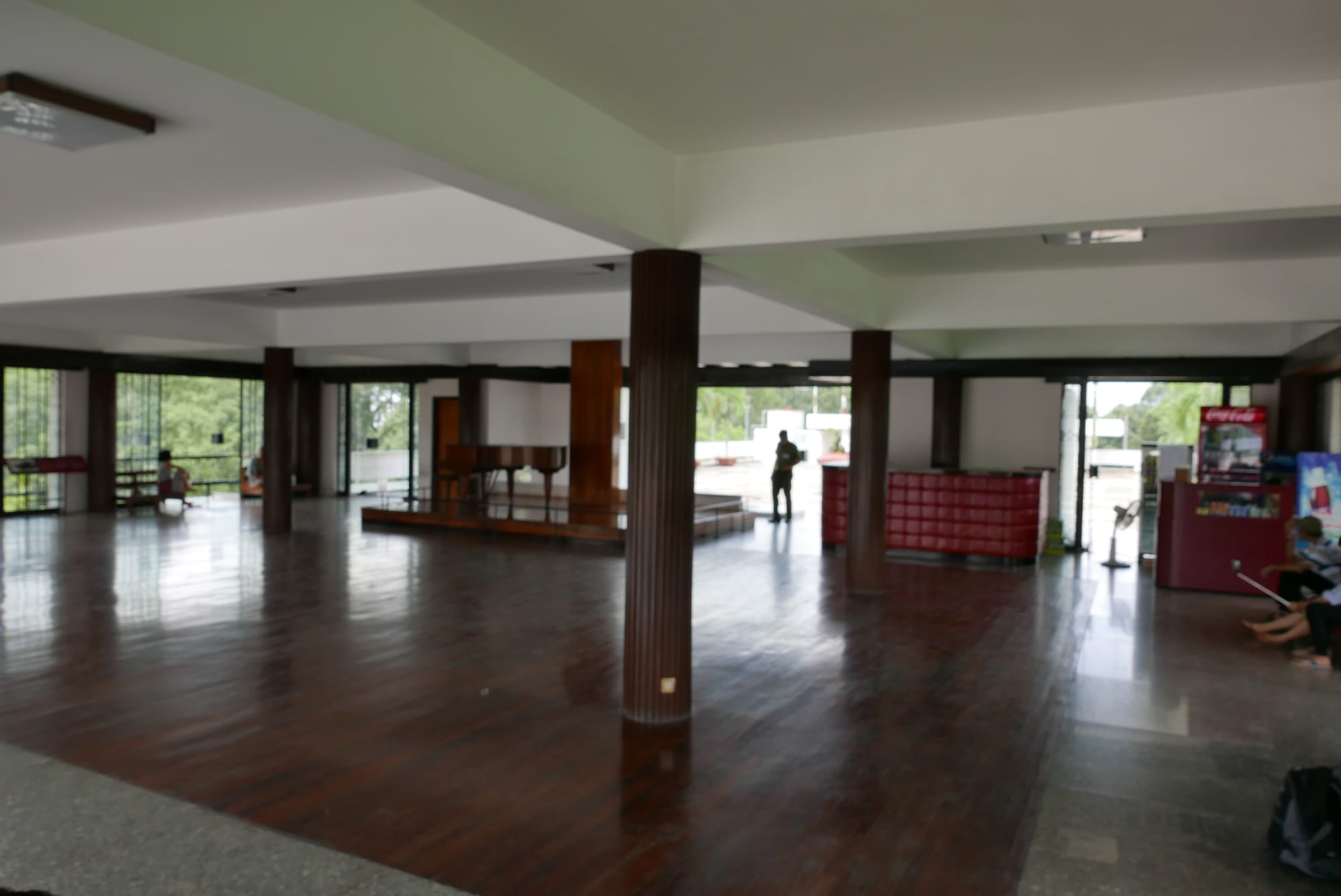
On 30 April 1975 at 11:30 am, Lt. Bui Quang Than raised the flag of the Provisional Revolutionary Government on the flag pole above the room and, in so doing, signalled the end of the Vietnam War.
Below the Palace, in the basement, were the “military” rooms. Whereas the Palace above had an open, airy feel, the basement felt dark and claustrophobic.
The first basement room I entered was the “Command Centre”. The heavily shielded room was used as a military intelligence coordination centre. The walls were lined with maps providing an overview of the ongoing military operations. The first map showed the country divided at the 17th Parallel, as proposed in the 1954 Geneva Accord. This division split the country into the Democratic Republic of Vietnam in the North and the Republic of Vietnam in the South. A second map showed the Ho Chi Minh Trail. And a third, the military activities in the northern military zones.
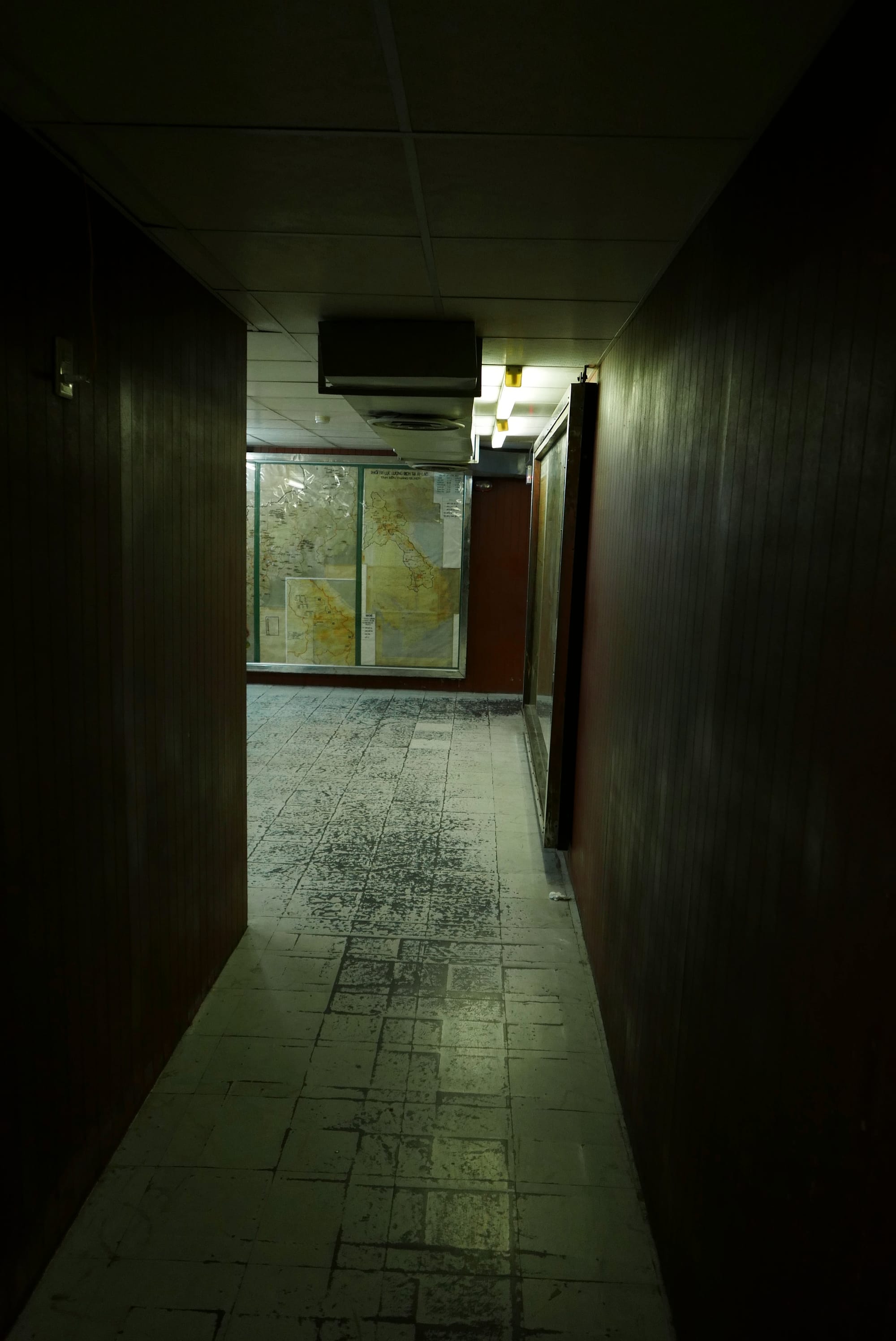
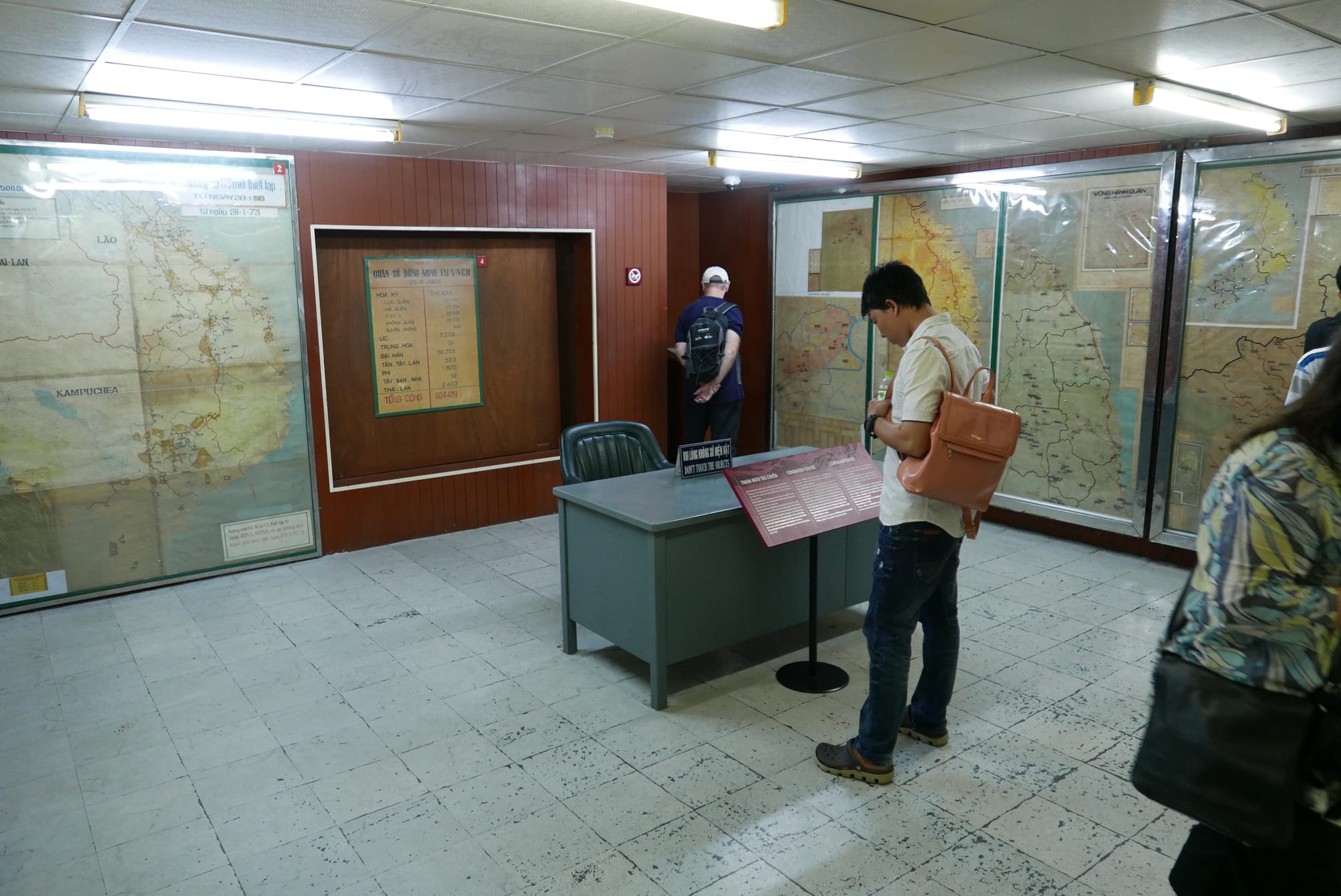
As you would expect, the basement contained a lot of old military equipment, including racks of communications equipment.
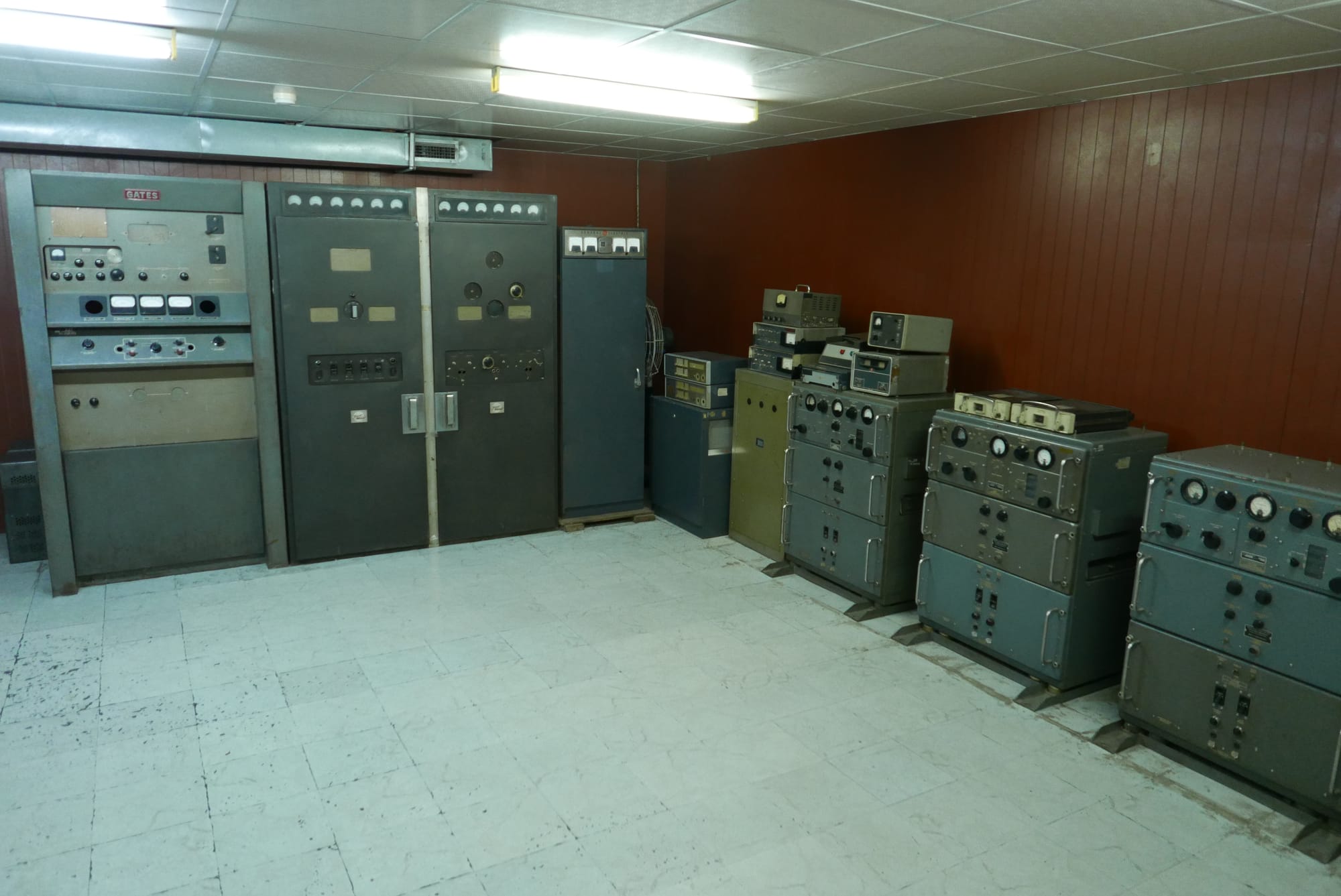
The basement did have a very eerie feel, with long dark corridors stretching off in the distance.
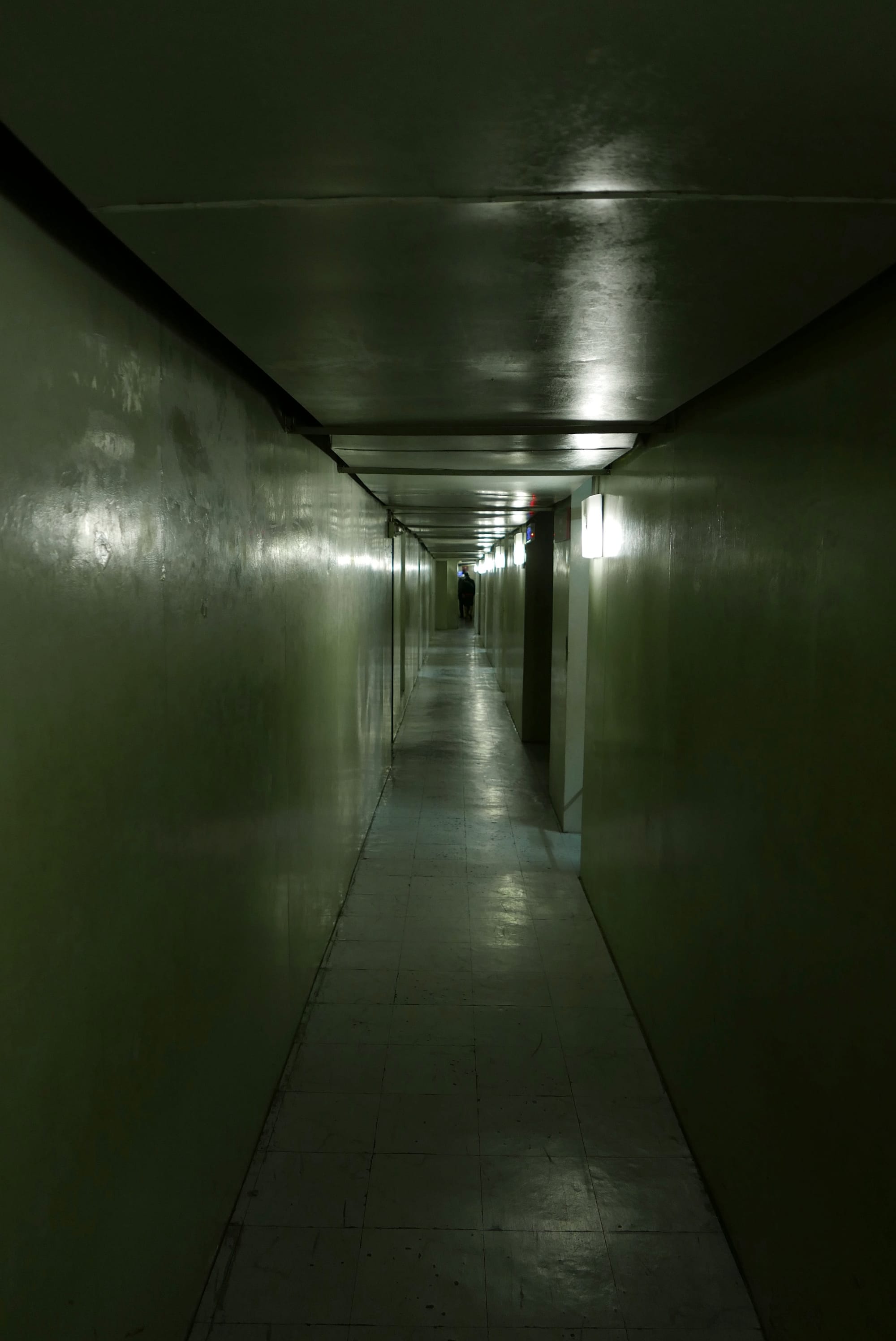
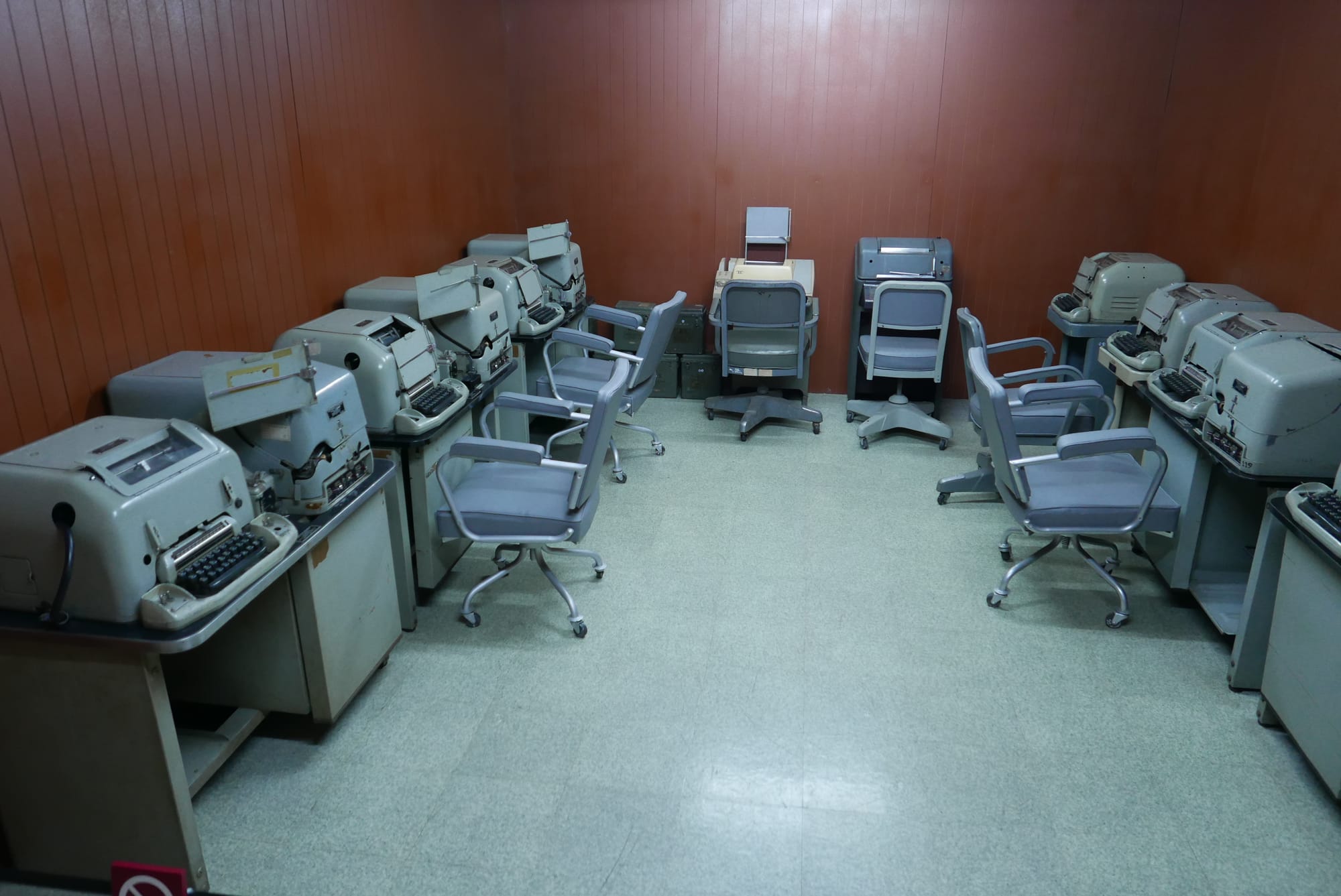
Below is a photograph of the “President’s Bedroom” in the basement. Just like his office several falls above, it was surprisingly spartan.
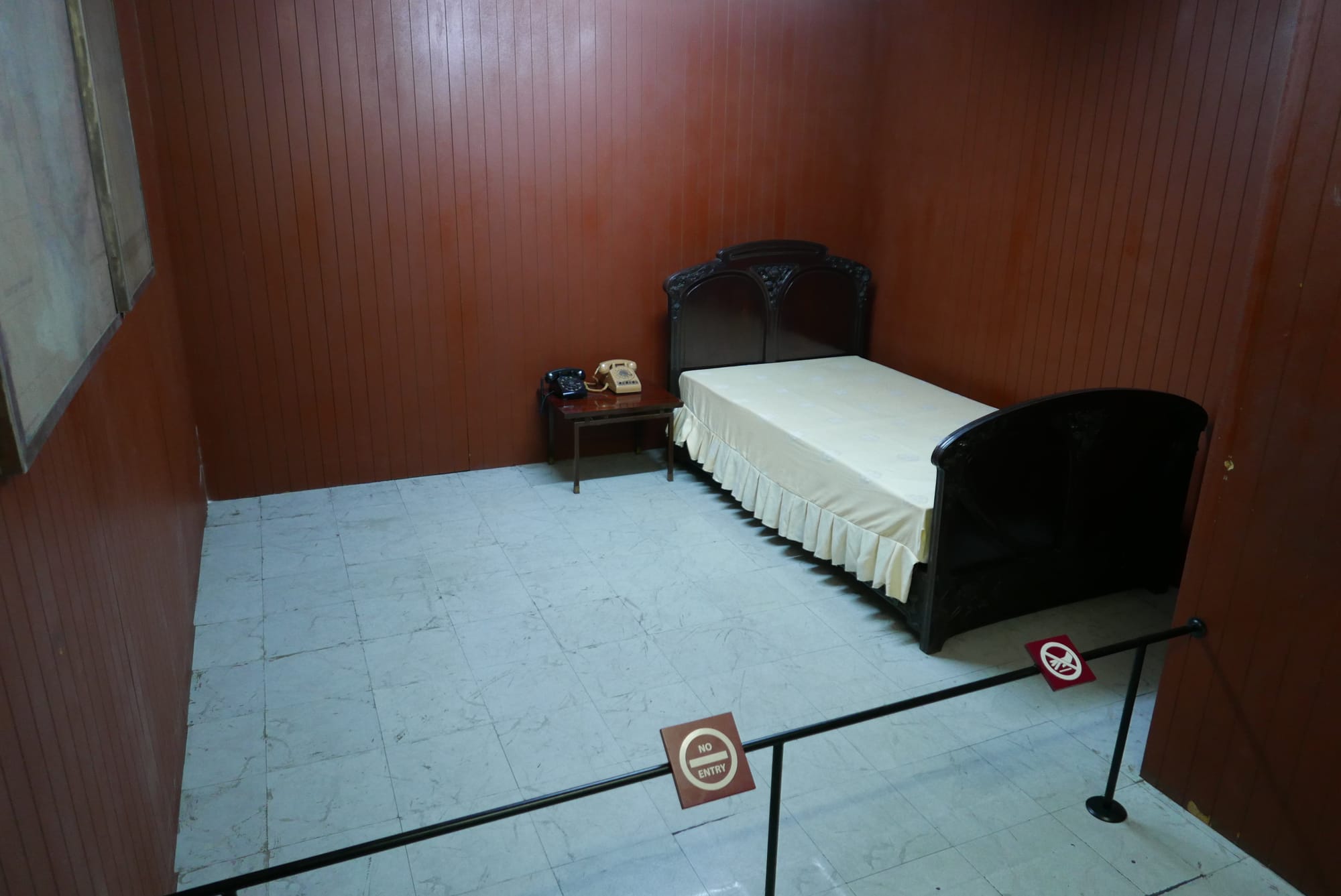
My visit to the Dinh Thống Nhất (Independence Palace / Reunification Palace) in Ho Chi Minh City (Saigon), Vietnam, was fascinating. The outside of the building seemed very familiar. I was still unsure whether this familiarity was due to remembering news bulletins and newspaper photographs from my childhood or images from Vietnamese War movies and documentaries.
It was interesting to walk around the Palace and reflect upon what must have happened in this building in 1975. Seeing such a remarkable “time capsule” of 1970s architecture and style was great fun. The Palace was incredibly well-preserved.
Foursquare: Independence Palace
